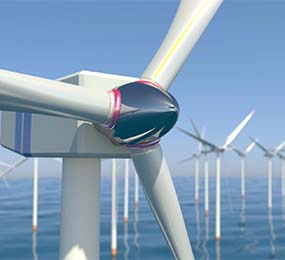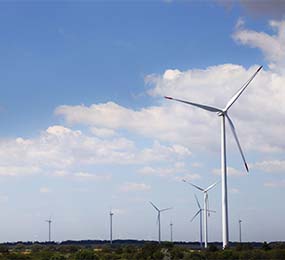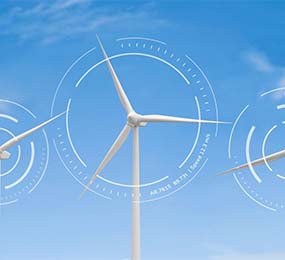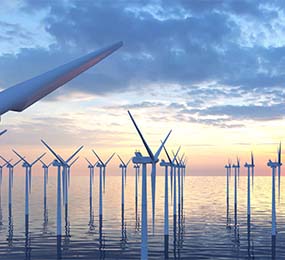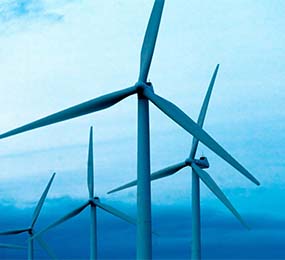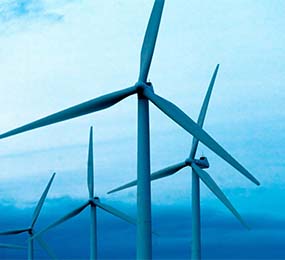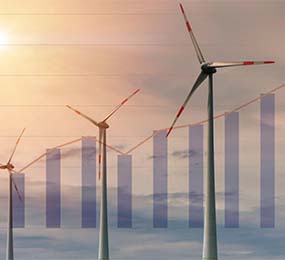Composite Materials in Wind Blades: Balancing Strength and Flexibility
Composite materials play a pivotal role in the advancement of wind energy technology, particularly in the design of wind blades. These materials, typically a combination of fibers (such as glass or carbon) and a resin matrix, offer an optimal balance of strength and flexibility crucial for the efficient performance of wind turbines. The primary advantage of using composite materials is their high strength-to-weight ratio, which is essential for the durability and longevity of wind blades. By ensuring that the blades are both lightweight and robust, composites help in maximizing the energy capture from wind while minimizing structural stress and fatigue.
Furthermore, the flexibility of composite materials allows wind blades to withstand varying wind conditions without compromising their structural integrity. This adaptability is particularly significant in preventing damage during extreme weather events and reducing maintenance costs over the turbine's lifespan. Innovations in composite manufacturing processes, such as automated fiber placement and resin transfer molding, have further enhanced the performance and reliability of wind blades.
In summary, the integration of composite materials in wind blade construction represents a significant technological advancement, balancing the demands of strength and flexibility to optimize wind turbine efficiency and durability.
Visit our website to know more: https://www.leadventgrp.com/events/2nd-annual-wind-blade-materials-and-recycling-forum/details
For more information and group participation, contact us: [email protected]
Leadvent Group - Industry Leading Events for Business Leaders!
www.leadventgrp.com| [email protected]


